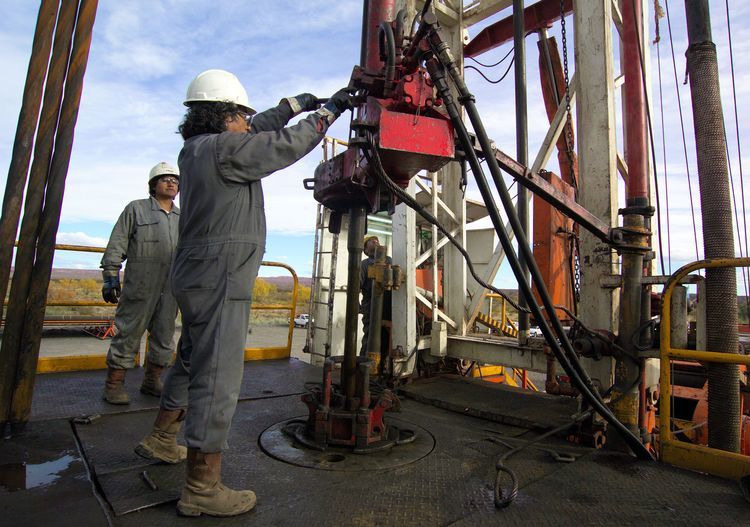
OPEC may need to make deeper supply cuts to rebalance the oil market as booming production from Libya and Nigeria threatens to undercut the group’s efforts, according to analysts at Goldman Sachs Group Inc.
Unexpected rebounds in those countries, which were exempted from OPEC’s November deal to curb output, could offset inventory declines expected in the third quarter of 2017, according to a Goldman report by analysts Damien Courvalin and Jeff Currie released Wednesday. They lowered their three-month forecast for U.S. benchmark West Texas Intermediate crude to $47.50 a barrel from $55.
“This threatens to close the window of time for stocks to normalize before OPEC cuts end and raises the concerns that OPEC will then ramp up production to defend market share,” Courvalin and Currie wrote. A ramp-up of shale drilling and slowing crude imports to China are also leaving more barrels in the market that need to clear by year’s end.
Libya is pumping the most oil since 2013, with output currently above 900,000 barrels a day, according to an official at the National Oil Corp. Nigeria, meanwhile, has resumed exports at its Forcados terminal after a 15-month halt caused by sabotage.
In the U.S., rising rig counts suggest that shale production will keep growing by the time the OPEC deal expires. A majority of U.S. energy executives surveyed by the Dallas Fed said they don’t see the market rebalancing until the second half of 2018 or 2019, in part driven by rising shale output.
Accelerating stockpile declines will require deeper cuts in the short term and a clear signal that OPEC will increase production in 2018, Courvalin and Currie wrote.
“The approach adopted so far by OPEC, akin to a central bank, has ultimately proved self-defeating by cutting too little but reassuring too much,” they wrote.
If oil stays at around $45 a barrel, that should force shale activity to decline as well, but U.S. drillers will be able to ramp back up over time. WTI for August delivery was up 13 cents to $44.87 as of 7:29 p.m. Wednesday.
Recommended for you
